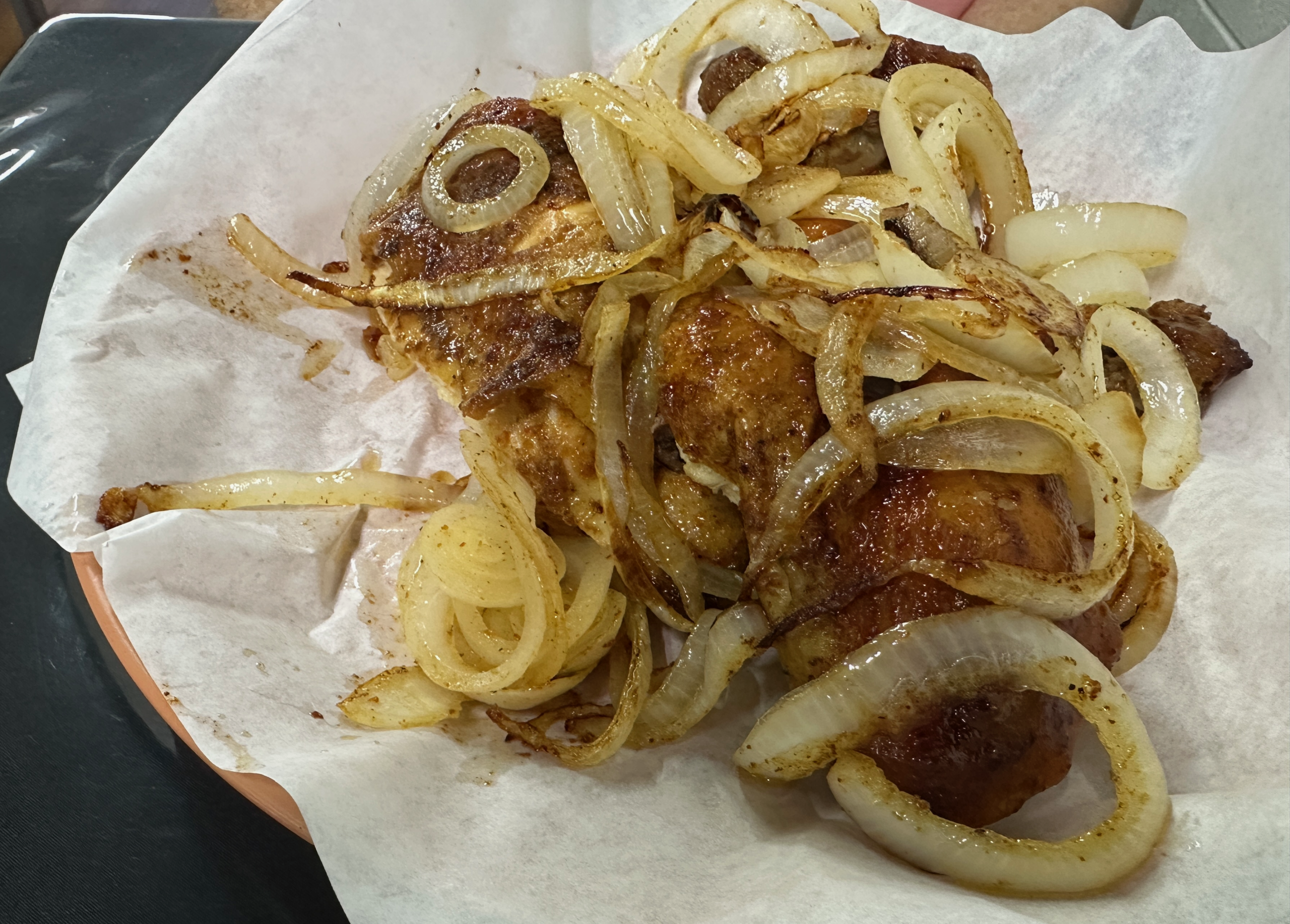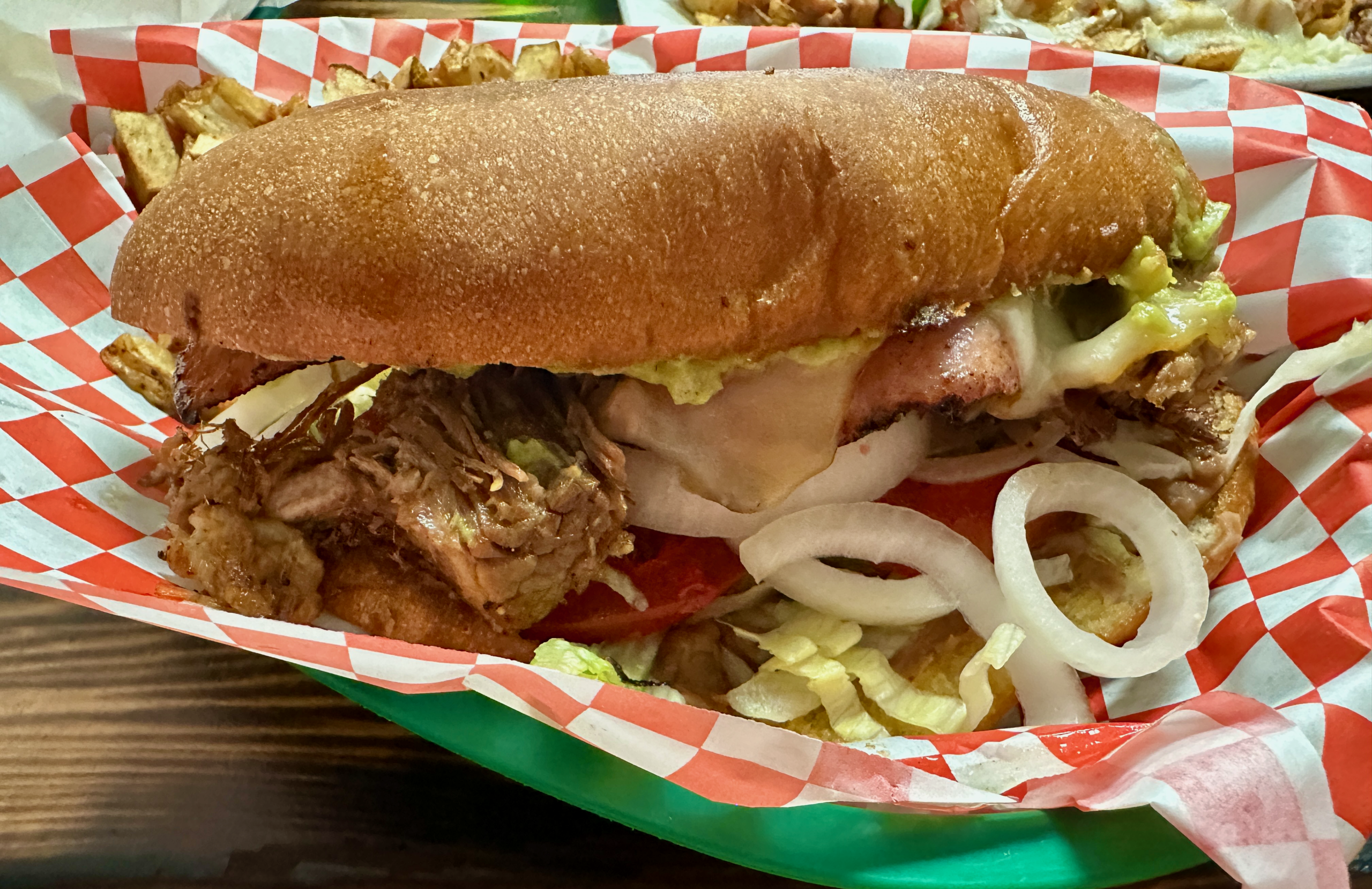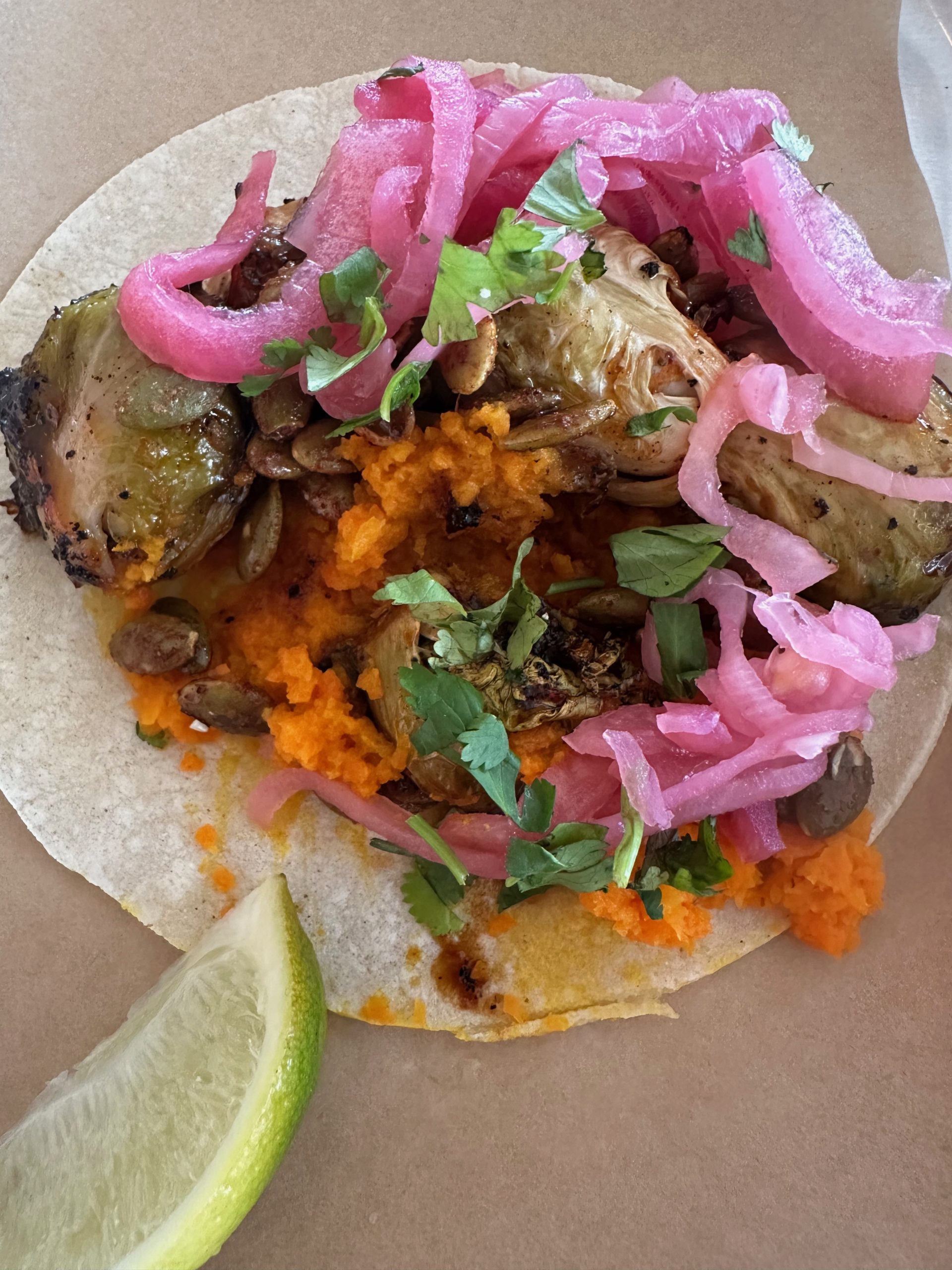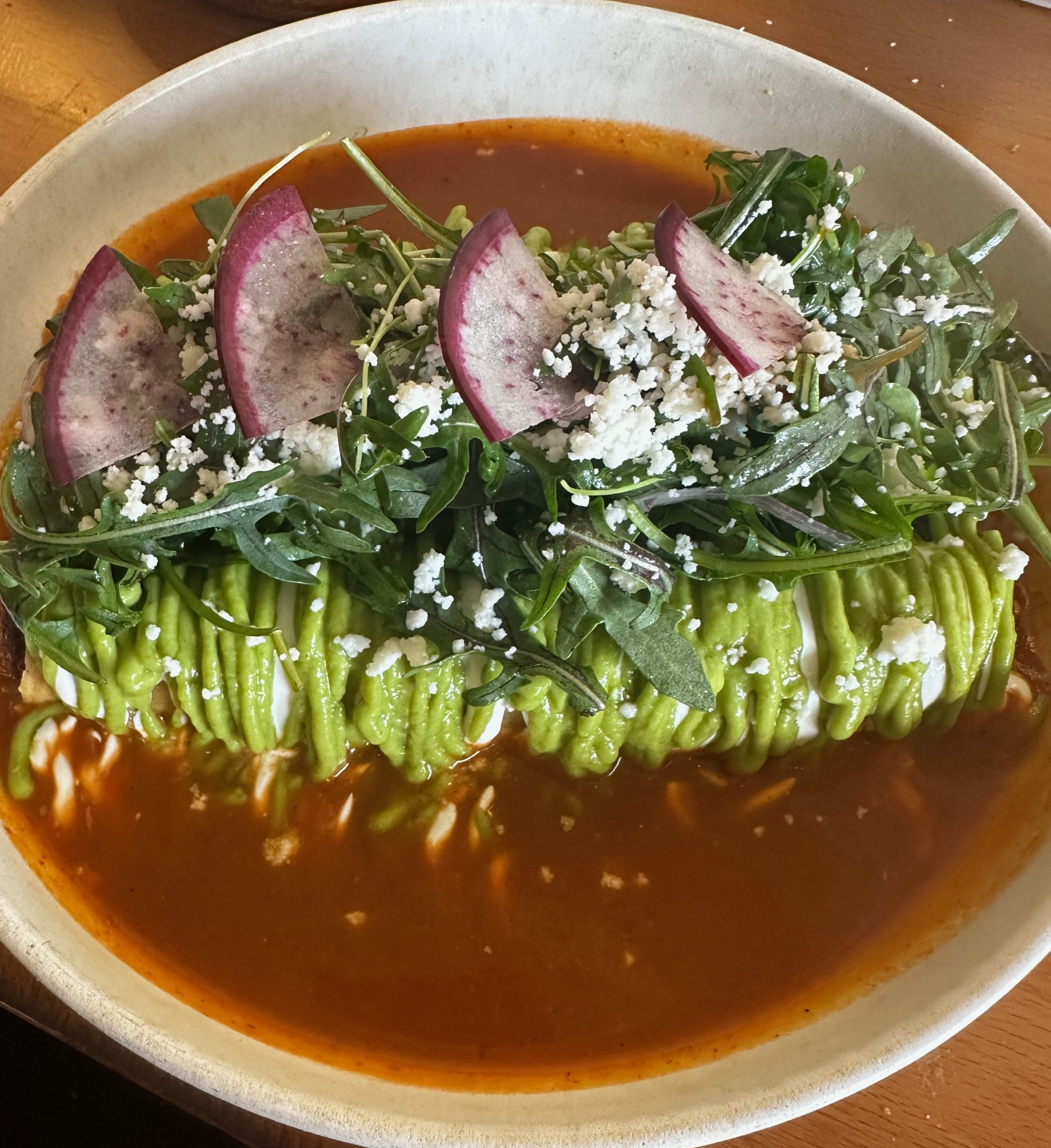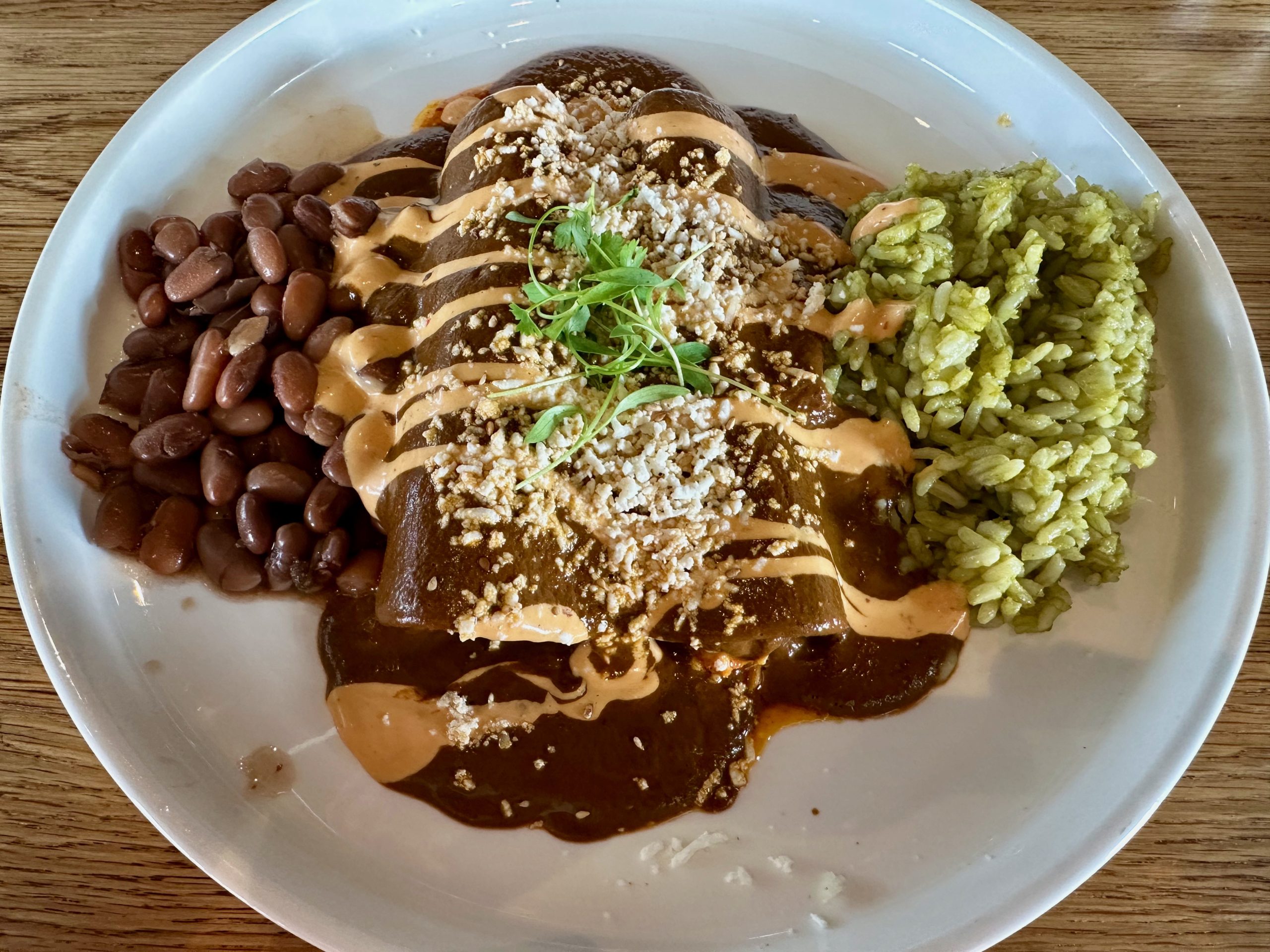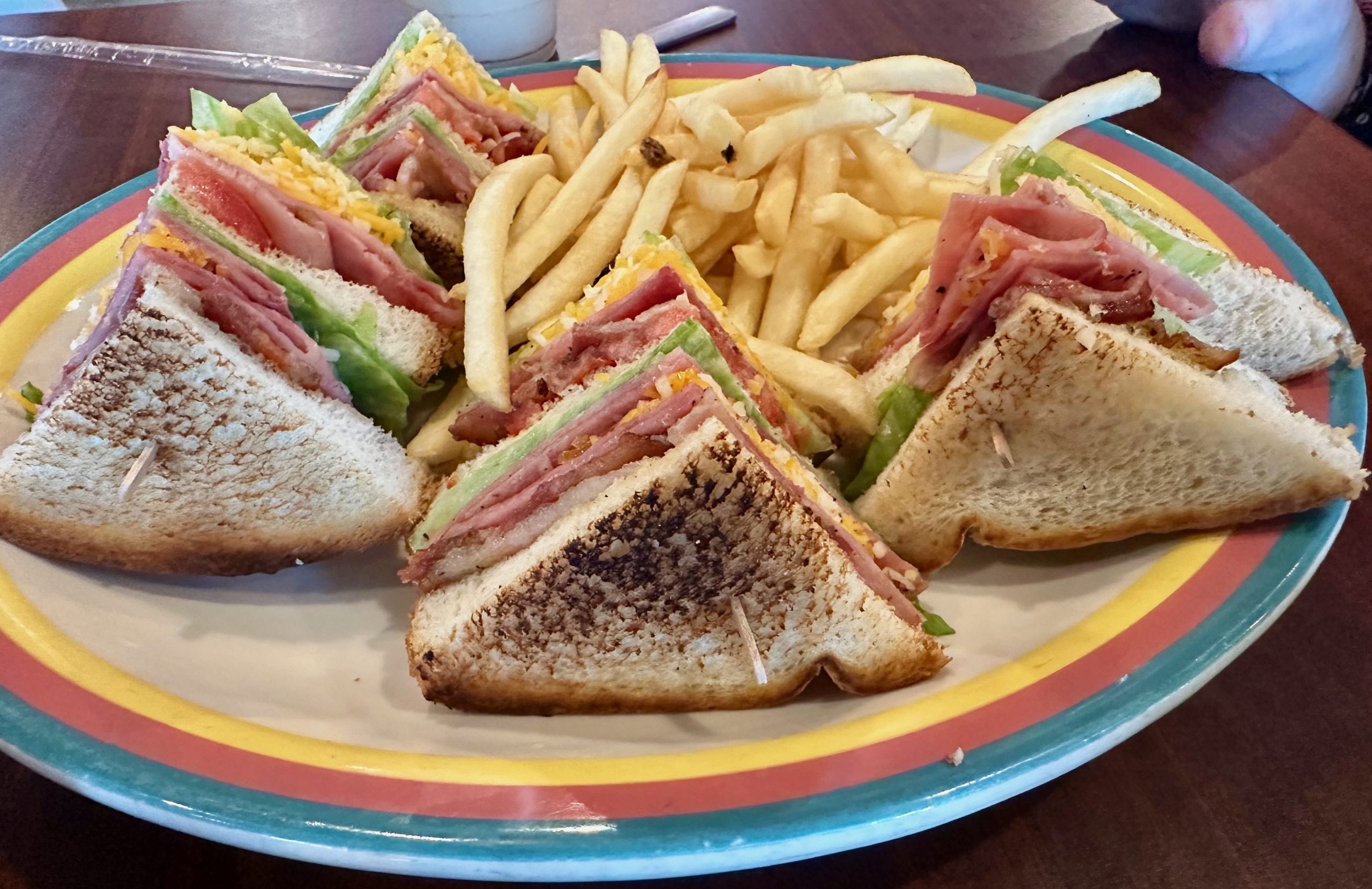Rotiseria Y Taqueria Alcantara – Albuquerque, New Mexico
According to the Bureau of Labor Statistics, grocery prices have vaulted up 29% since February 2020. Indeed, an Associated Press survey conducted in 2025 revealed that “the cost of groceries has become a major source of stress for just over half of all Americans — outpacing rent, health care and student debt.” Very, very few grocery items have proven themselves inflation-proof. Among those rare items is Costco’s rotisserie chicken which has remained the same price for years. That consistently low price is a major reason Costco sells more than 100-million ready-to-eat chickens each year. The obvious question when you peruse the menu at Rotiseria Y Taqueria Alcantara is “can a rotisserie chicken at a hole-in-the-wall restaurant possibly be six times…
